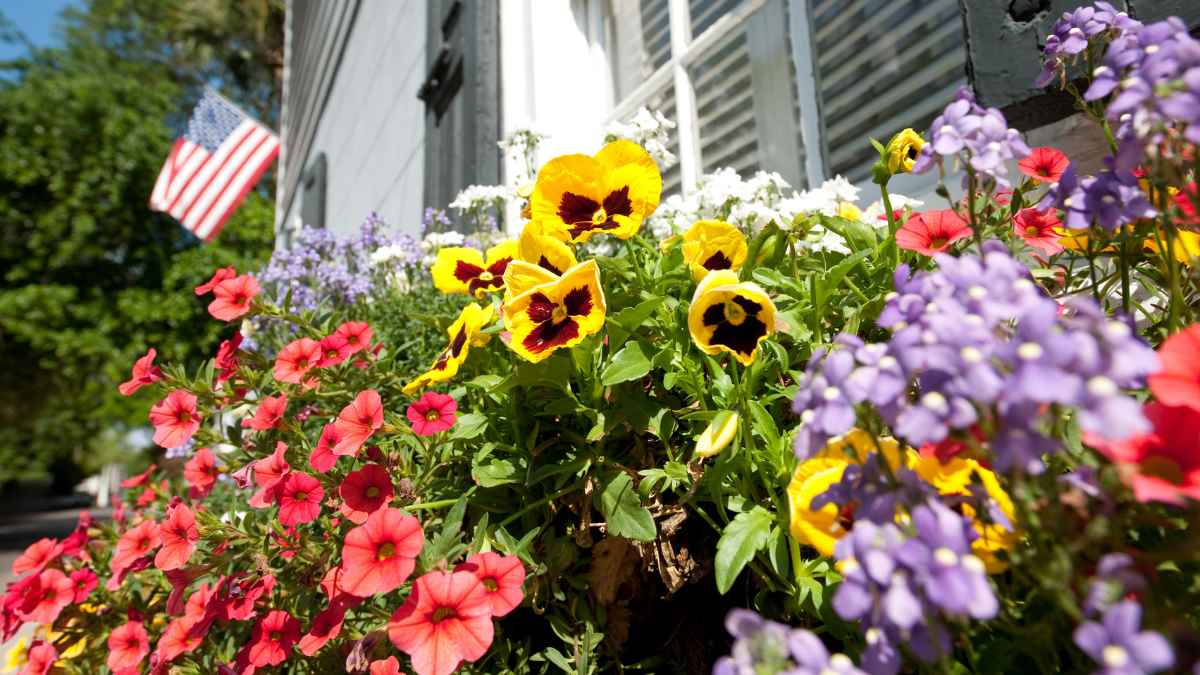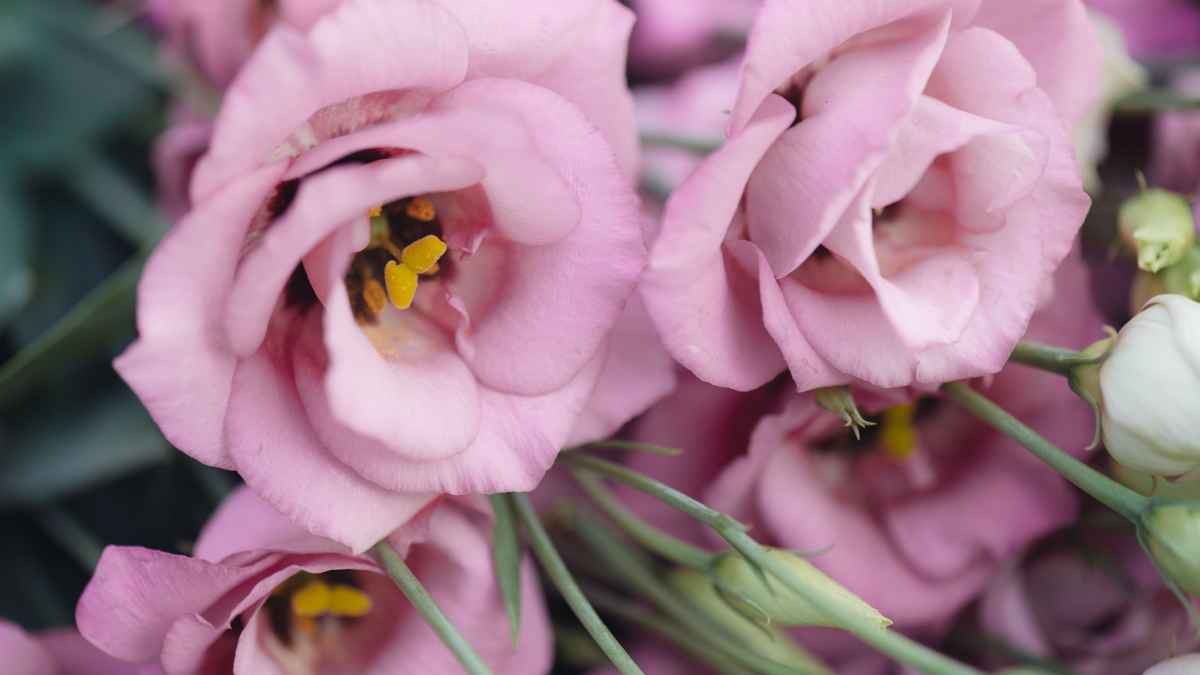
Window box gardening is a fun way to add charm and color to your home, regardless of your gardening space limitations. These compact, versatile containers can be filled with various plants, from vibrant flowers to aromatic herbs, making them a perfect choice for city dwellers and suburban homeowners. Here’s a quick guide to help you create and maintain a beautiful window box garden.
Getting Started: Choosing Your Window Box
- Material: Window boxes are made of various materials, including wood, metal, plastic, and terracotta. Choose one that complements your home’s exterior and suits your style.
- Size: Ensure your window box is at least 8 inches deep and wide enough for healthy root growth. The length should match or slightly exceed the width of your window.
- Drainage: Proper drainage is crucial. Look for boxes with drainage holes, or add a layer of gravel at the bottom to prevent waterlogging.
Selecting Plants for Your Window Box
- Flowers: For a lush, layered look, choose a mix of trailing, upright, and filler plants. Popular choices include petunias, geraniums, marigolds, and lobelia.
- Herbs: If you prefer a functional garden, herbs like basil, thyme, parsley, and mint are excellent choices for window boxes.
- Vegetables: Some vegetables, like lettuce, radishes, and cherry tomatoes, can thrive in window boxes.
- Seasonal Rotation: Consider rotating plants seasonally to keep your window box looking fresh year-round. Pansies and violas are great for spring, while mums and ornamental kale add autumnal beauty.
Planting Your Window Box
- Soil: Use a high-quality potting mix that provides good drainage and nutrients. Avoid using garden soil, which can be too heavy and compacted for container gardening.
- Plant Arrangement: Place the tallest plants in the center or back of the box. Fill in with medium-height plants and finish with trailing plants along the edges.
- Spacing: To avoid overcrowding, follow the spacing recommendations on plant tags to ensure each plant has enough room to grow.
- Planting Depth: Plant at the same depth as in their original containers. Firm the soil gently around the roots, and water thoroughly after planting.
Caring for Your Window Box Garden
- Watering: Window boxes dry out quickly, especially in sunny locations. Water regularly, keeping the soil consistently moist but not soggy. During hot weather, you might need to water daily.
- Feeding: Use a balanced, water-soluble fertilizer every 2-4 weeks to keep your plants healthy and vibrant. Avoid over-fertilizing, which can lead to excessive foliage growth at the expense of flowers.
- Pruning: Regularly deadhead spent blooms and trim back any leggy growth to encourage more blooms and maintain a tidy appearance.
- Pest Control: Look for common pests like aphids and spider mites. To protect your plants, use organic pest control methods, such as neem oil or insecticidal soap.
Creative Ideas for Window Box Gardens
- Theme Gardens: Create themed window boxes, such as a butterfly garden with nectar-rich flowers or a culinary herb garden for your kitchen window.
- Color Schemes: Choose a color scheme that complements your home’s exterior. Monochromatic schemes can be elegant while contrasting colors add a vibrant pop.
- Seasonal Decorations: Add seasonal decorations, such as mini pumpkins in the fall or ornaments during the holiday season, to enhance the visual appeal.
Visit our blog for more tasty recipes and gardening tidbits!








